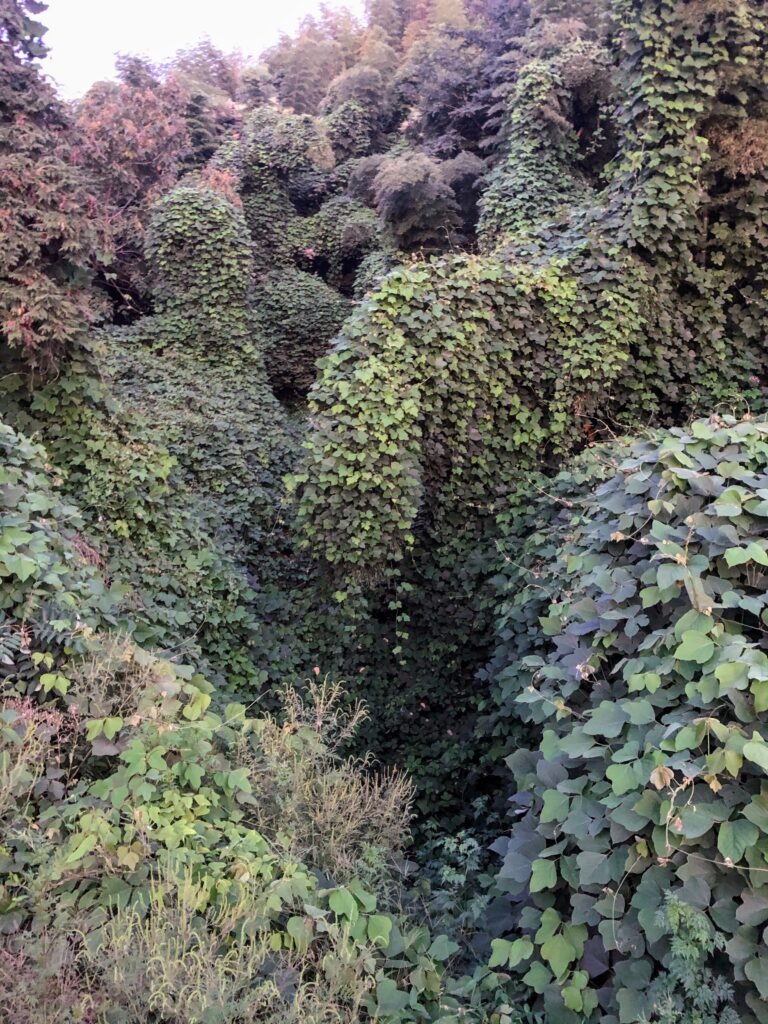A green curtain drapes the American South, swallowing trees, swallowing houses, sometimes even swallowing whole memories of what once stood there. People have called it “the vine that ate the South,” and if you’ve ever driven a backroad through Georgia or Alabama, you’ve seen its leafy arms stretching over telephone poles and abandoned tractors. But how did a single plant, brought with the best of intentions, become an unstoppable force of nature? This is the wild, tangled story of kudzu—a vine that turned from promise to pest, and now shapes landscapes, economies, and even the identity of entire regions.
A Vine with a Foreign Passport: Kudzu’s Unexpected Arrival
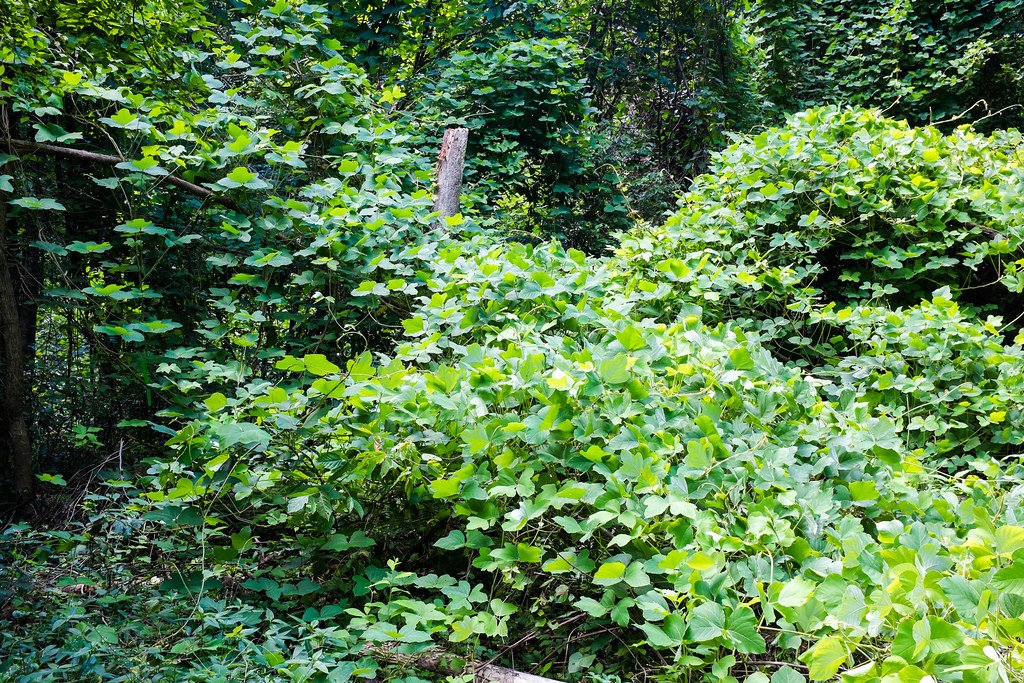
Kudzu didn’t sprout in the red soil of Georgia or the rolling hills of Tennessee. Its roots reach back to East Asia, where it’s been growing for thousands of years. In Japan and China, people used kudzu for food, medicine, and even fabric. Farmers there respected its place in their environment, but when kudzu first arrived in the United States at the 1876 Philadelphia Centennial Exposition, it was presented as an exotic wonder. American gardeners were dazzled by its lush leaves and sweet-smelling purple blossoms. No one guessed that this green traveler would become an ecological juggernaut.
The Road to Invasion: From Garden Darling to Agricultural Savior
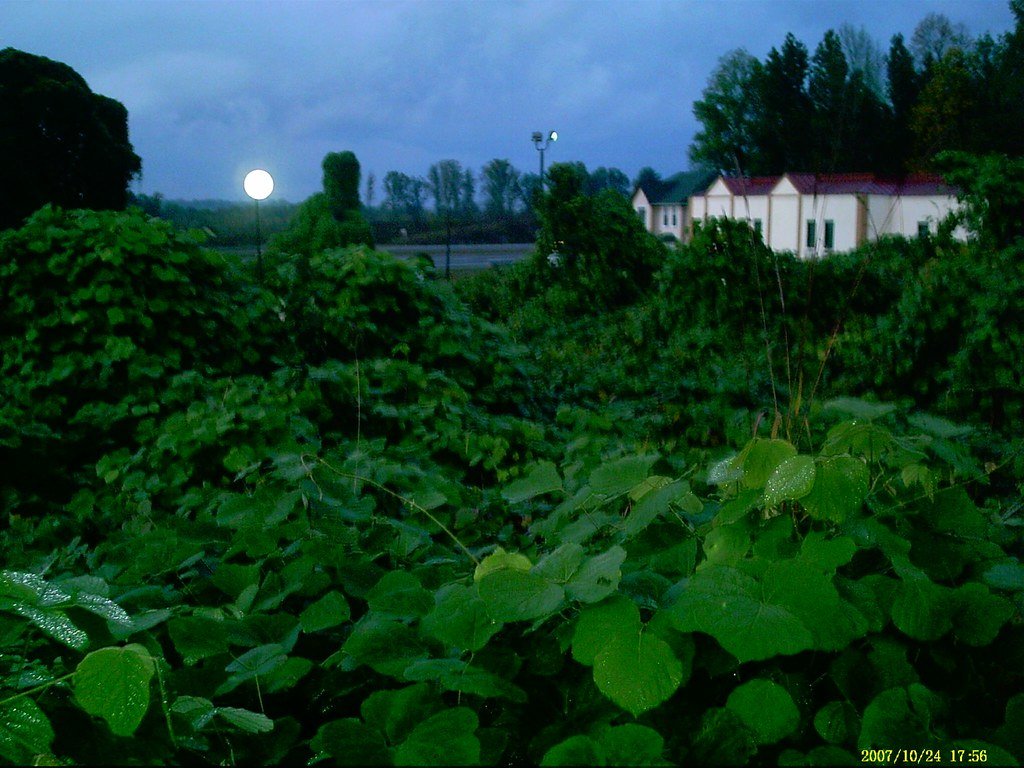
Kudzu’s early days in America were all about hope. In the 1930s, during the Great Depression and the Dust Bowl, the U.S. Soil Conservation Service promoted kudzu as a miracle solution for rampant soil erosion. Posters went up and seeds went out. Farmers were paid to plant millions of kudzu seedlings, and the vine was celebrated as a savior of Southern soil. Little did they know, they were inviting a guest who would never, ever leave.
Growth Unleashed: Kudzu’s Insatiable Appetite
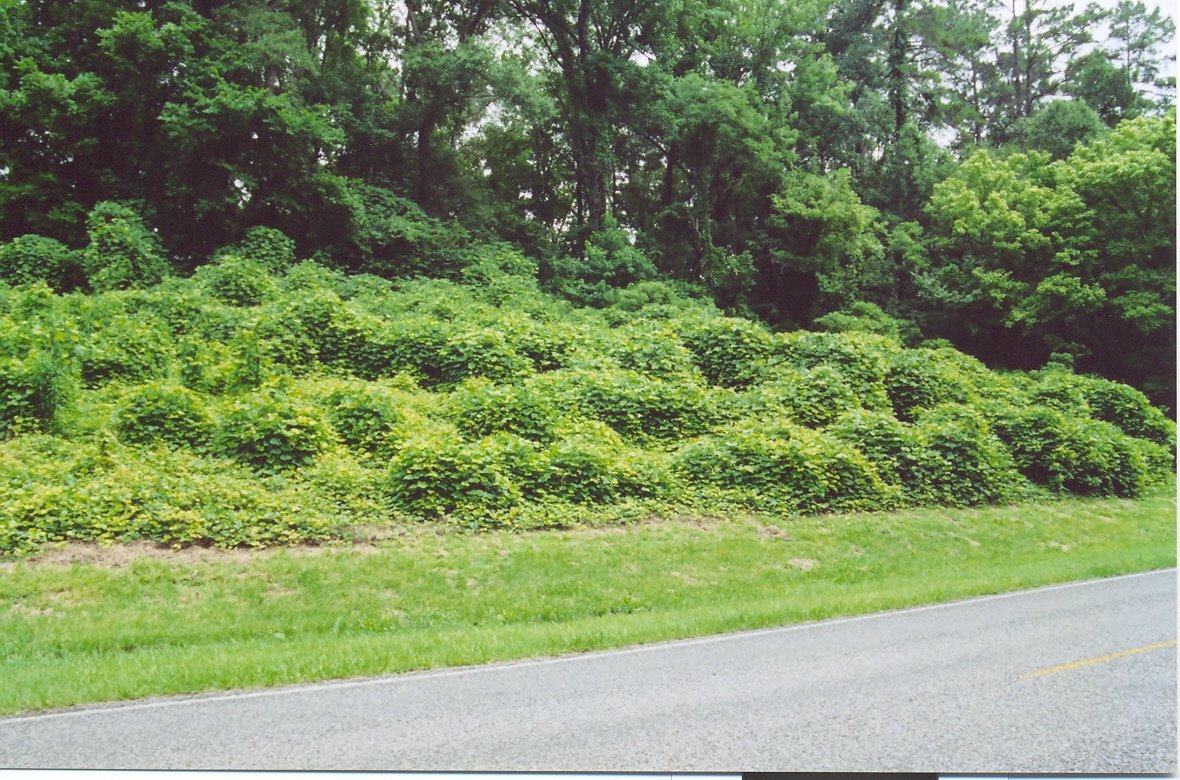
Kudzu isn’t just another climbing vine—it’s a botanical beast. Under the humid Southern sun, it can grow more than a foot a day, racing across fields and forests with wild abandon. Its broad leaves shade out native plants, while its thick vines smother shrubs and trees, sometimes snapping branches under their weight. Imagine a botanical octopus, stretching its arms in every direction, and you get a feel for kudzu’s relentless expansion.
Why the South? Kudzu’s Favorite Playground
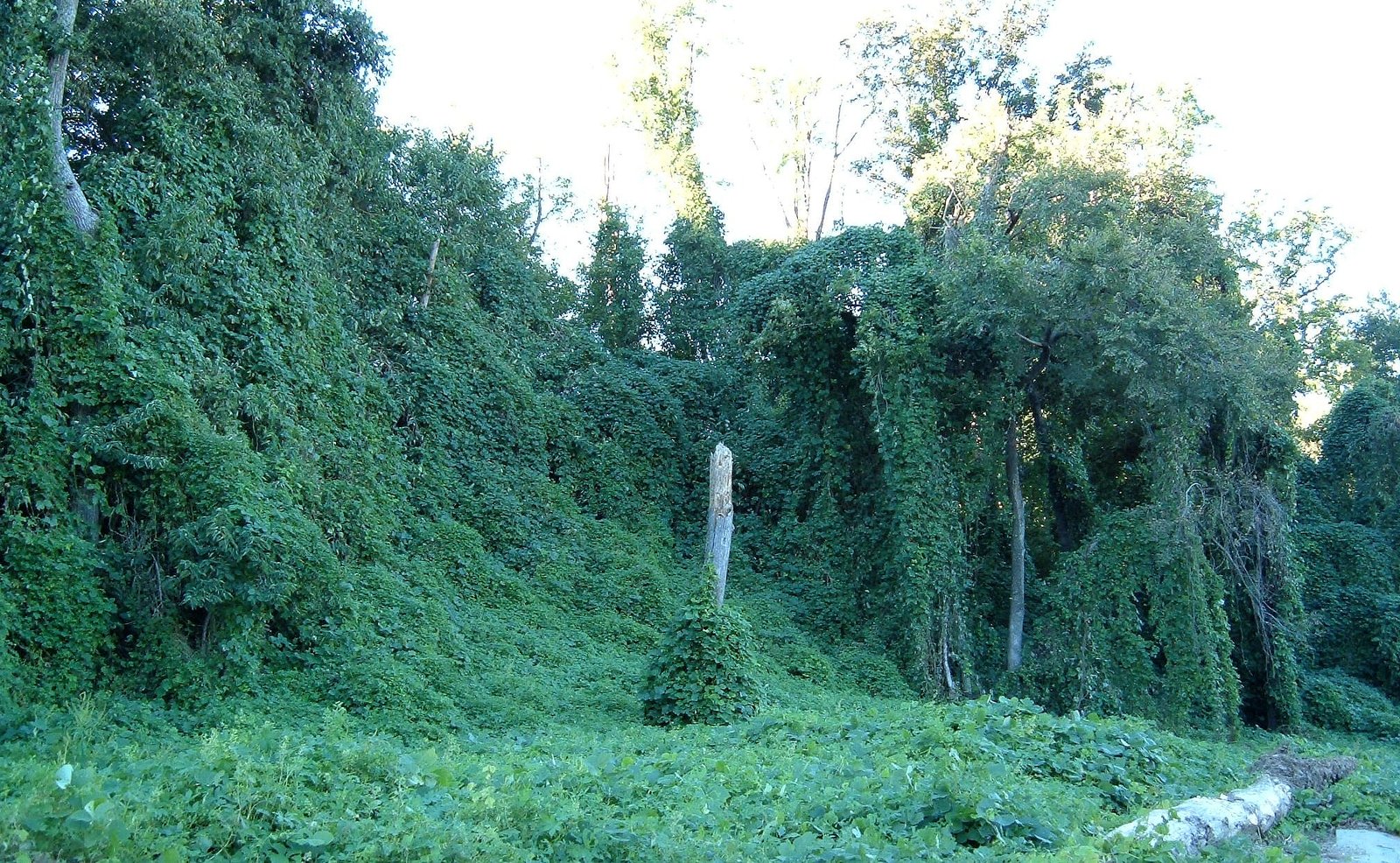
There’s a reason you don’t see kudzu blanketing New York or Minnesota. The American South, with its hot summers and generous rainfall, is kudzu’s idea of paradise. Winters are mild enough that the roots rarely freeze, and there are few natural pests to keep the vine in check. The clay-rich soils of states like Mississippi and Alabama provide perfect footing for kudzu’s deep, starchy roots. It’s as if the plant found its own Eden—and decided to take over.
The Science of Supergrowth: What Makes Kudzu So Aggressive?
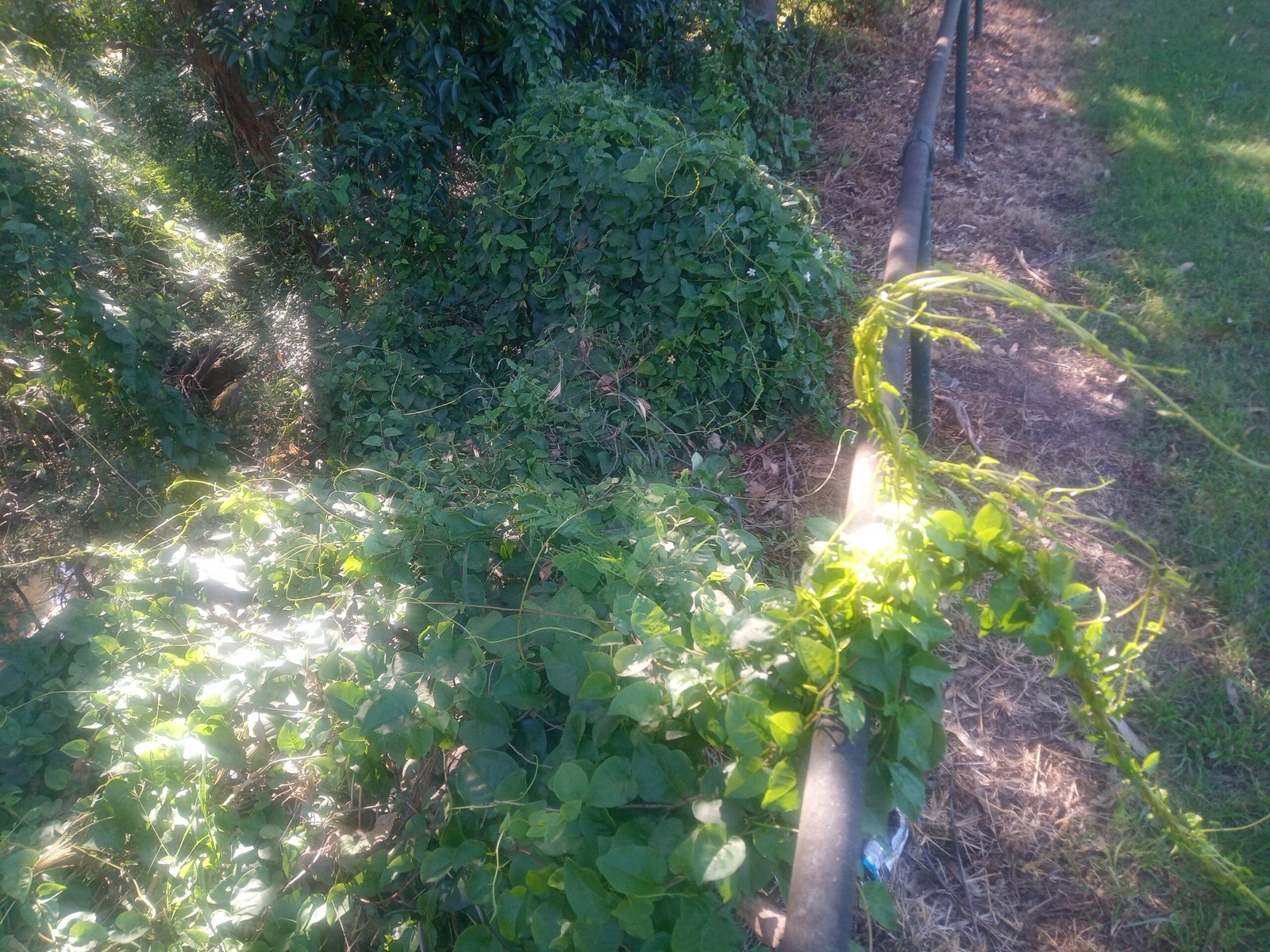
Botanists have marveled at kudzu’s raw power. Its ability to fix nitrogen means it can thrive in poor soils, while its underground root tubers store massive reserves of energy. When drought or cold strike, kudzu simply goes dormant, waiting for favorable conditions to return. Scientists have even studied its genetic makeup, uncovering genes that promote rapid cell division and stem elongation. Kudzu isn’t just tough—it’s been honed by evolution to be a champion of survival and growth.
Smothered Forests: The Toll on Native Plants and Wildlife
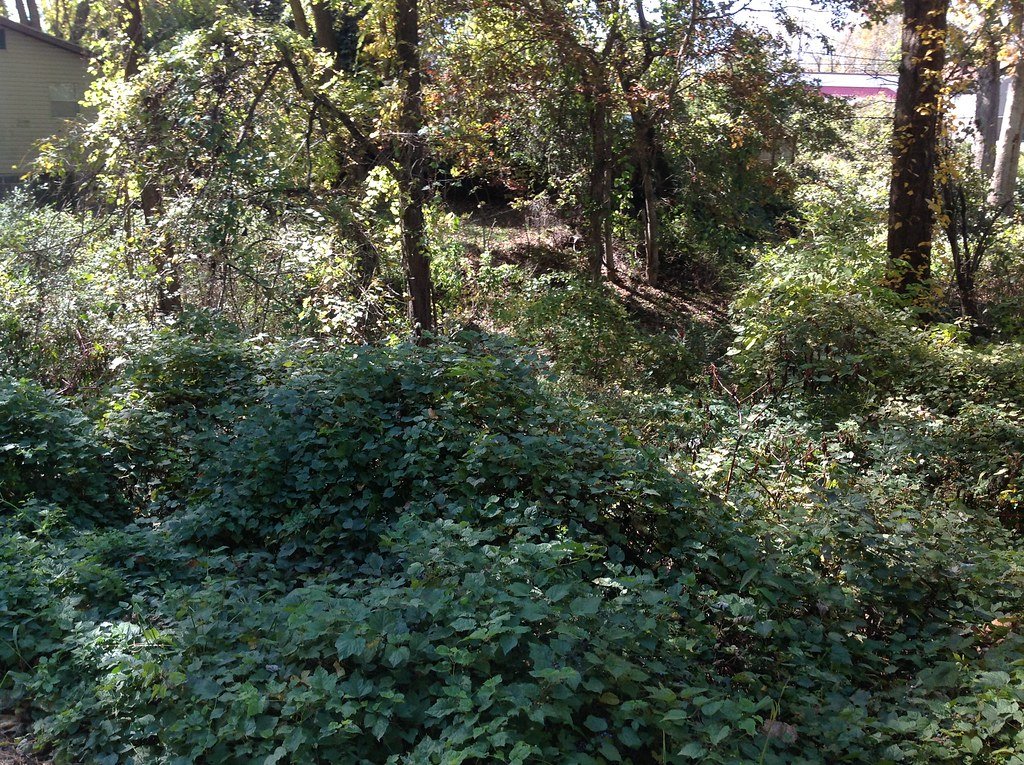
Kudzu’s spread isn’t just a visual oddity—it’s a slow-motion disaster for native ecosystems. As it blankets forests, light-hungry trees and shrubs struggle to photosynthesize. The undergrowth that should shelter birds and small mammals disappears under a mat of vines. Insects that depend on native plants lose their food sources, creating a domino effect up the food chain. What looks like a sea of green is, for many creatures, a barren wasteland.
Urban Legends and Southern Folklore: Kudzu in Culture

The vine’s out-of-control growth has inspired a thousand jokes, tall tales, and even songs. Southern writers describe kudzu as if it were a living monster, creeping through windows and swallowing towns whole. Local artists use kudzu as a symbol of the South’s wild, untamable nature. It’s not just a plant—it’s a character in the region’s ongoing story, both feared and begrudgingly admired for its tenacity.
The Economic Bite: Farmers, Foresters, and the Cost of Control
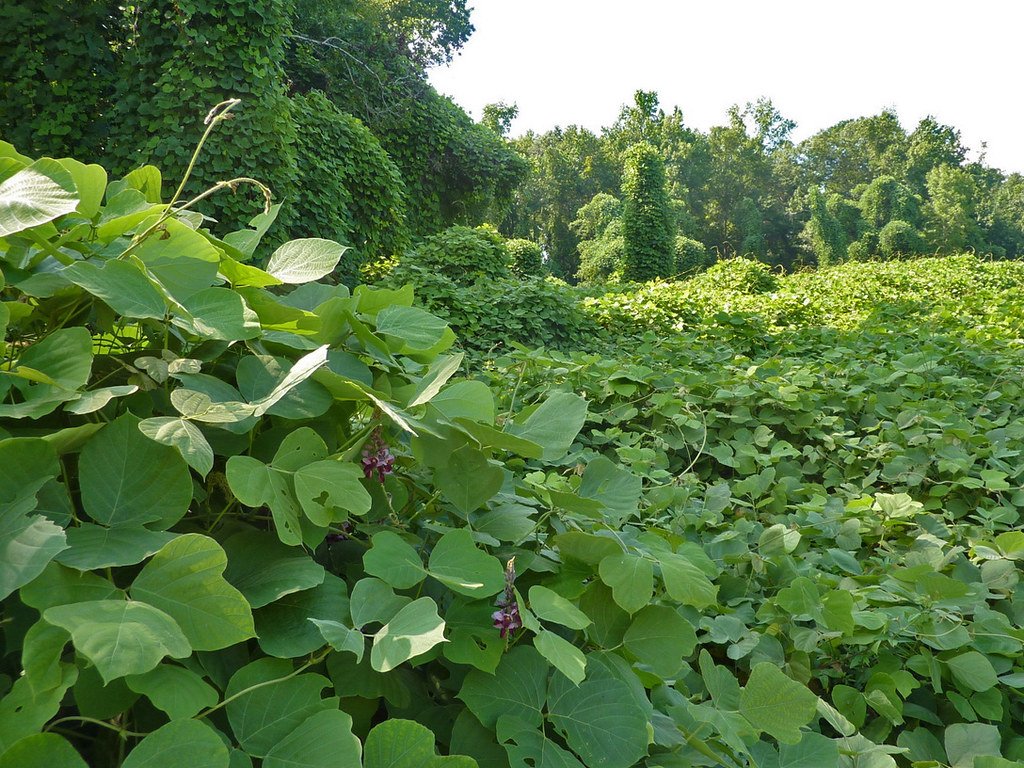
Kudzu’s rampage isn’t just an ecological headache—it’s an economic one, too. Farmers lose valuable land as fields vanish under green waves. Timber companies find their young trees strangled before they mature. Even utility companies spend millions just to keep power lines clear. The annual cost of managing kudzu across the South runs into hundreds of millions of dollars—a staggering price for a problem that began with good intentions.
Modern Weapons: Battling Kudzu in the 21st Century
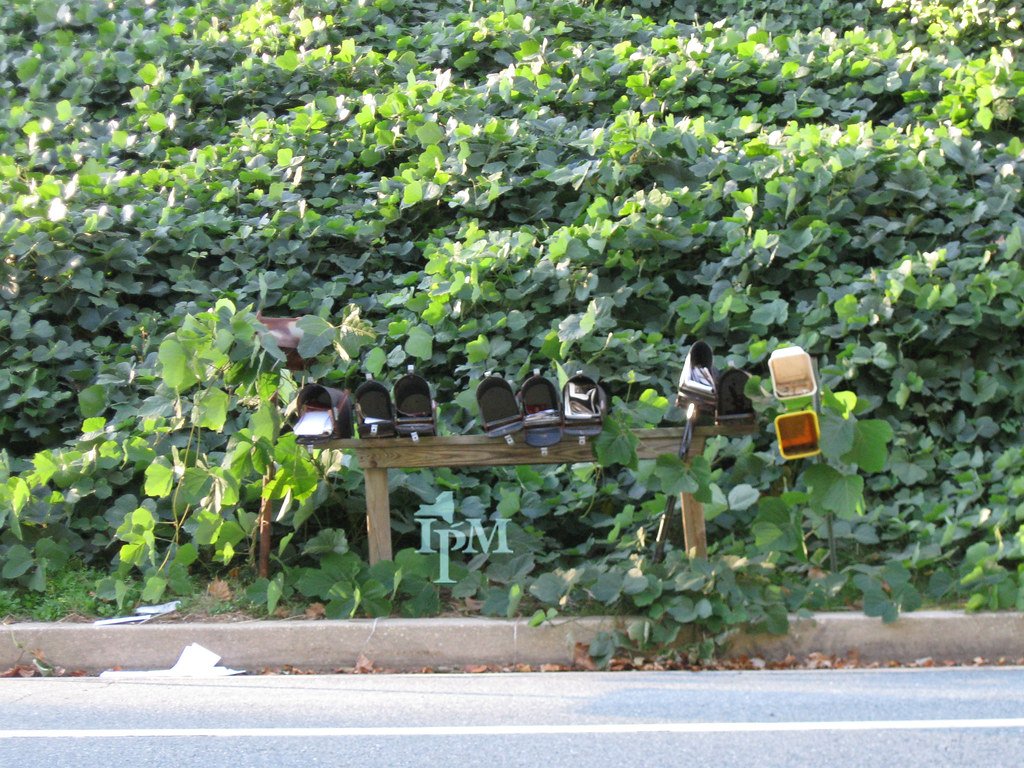
Fighting kudzu isn’t for the faint of heart. Landowners have tried everything—herbicides, mowing, grazing goats, even controlled burns. Researchers are developing targeted biological controls, like introducing fungal pathogens that attack the vine. Some scientists are experimenting with gene editing to slow kudzu’s growth. While there are occasional small victories, most agree: total eradication is probably impossible. The best hope is containment.
Unexpected Uses: Turning a Pest into a Resource
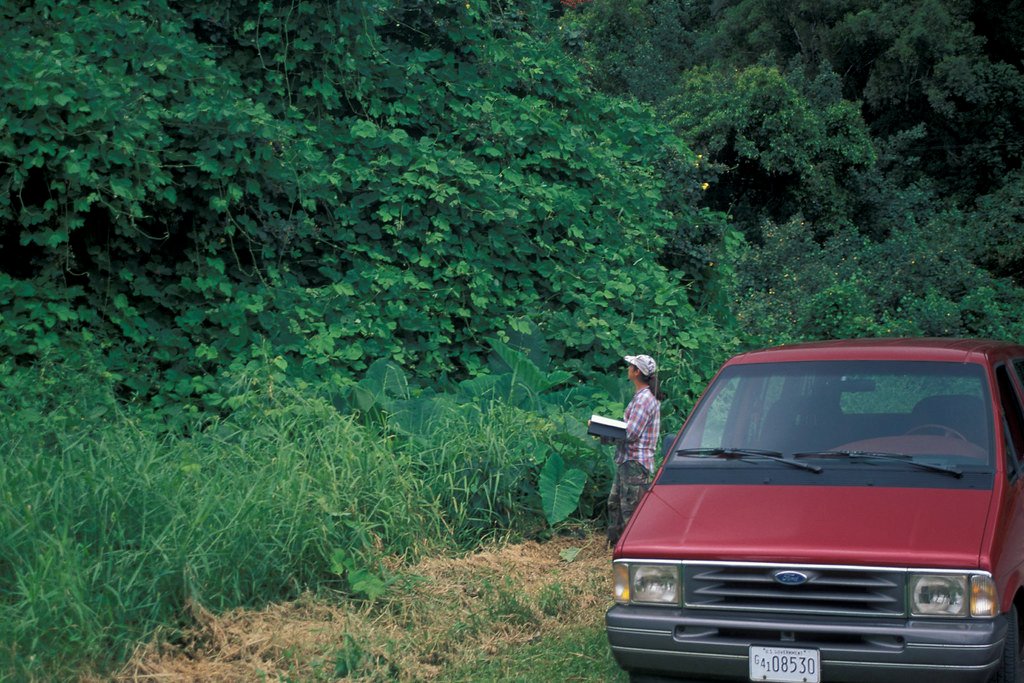
Not everyone sees kudzu as a villain. Some creative entrepreneurs are finding ways to turn the problem into an opportunity. Kudzu roots are rich in starch and can be used to make flour or even biofuels. Its fibers have been spun into baskets and textiles. In some communities, kudzu festivals celebrate the vine with food, crafts, and even kudzu jelly. If you can’t beat it, maybe you can eat it—or at least put it to work.
The Global Kudzu Question: Could It Strike Elsewhere?

Kudzu’s story isn’t just a Southern cautionary tale. As climate change warms northern regions and global trade brings new plants into unfamiliar territory, scientists worry that kudzu could gain a foothold elsewhere. Reports of kudzu popping up in states like Illinois and Oregon are raising eyebrows. Around the world, invasive species like kudzu remind us that nature’s balance is fragile, and that small introductions can have massive consequences.
Climate Change: Friend or Foe to Kudzu?
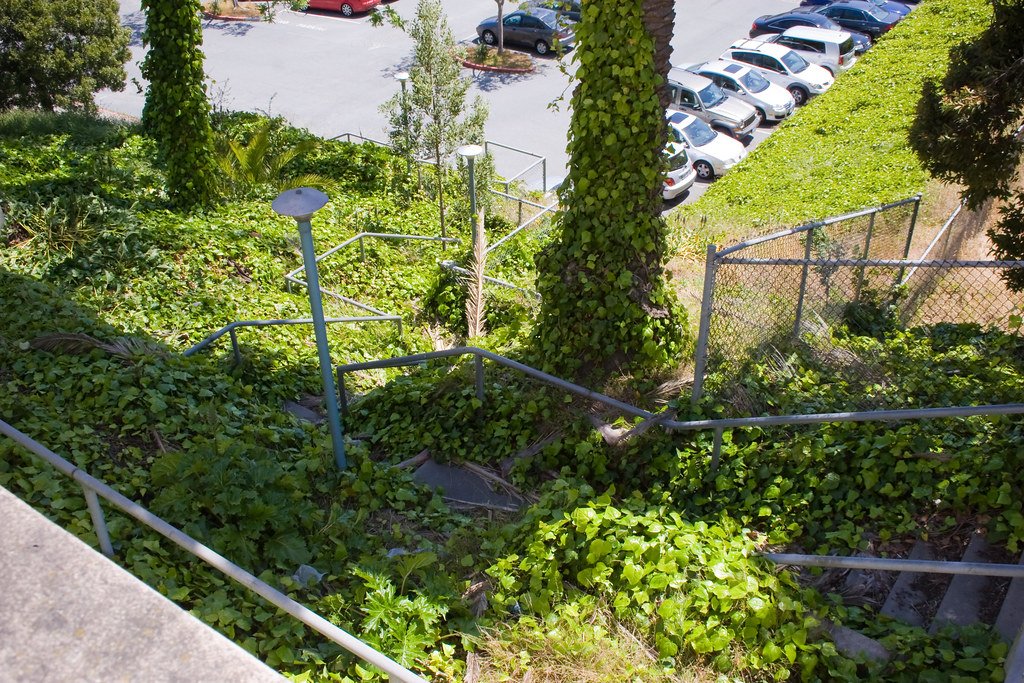
Warmer temperatures and shifting rainfall patterns could make more of North America—and potentially other continents—vulnerable to kudzu. Some climate models predict that the vine’s range could extend far north of its current limits. On the flip side, harsher droughts or extreme cold snaps might slow kudzu in some areas. Scientists are racing to predict how the vine will adapt in a hotter, wilder world.
Lessons Learned: The Unintended Consequences of Good Intentions

Kudzu is a living lesson in unintended consequences. What began as a well-meaning effort to heal damaged land spiraled into an ecological nightmare. Today, scientists, land managers, and policy makers look to the kudzu story as a warning: always think twice before introducing a new species, no matter how promising it seems. Nature is full of surprises, and sometimes, they aren’t the pleasant kind.
Alien Invasions: Kudzu and Its Invasive Cousins

Kudzu isn’t alone in its runaway success. Across the world, other plants—like purple loosestrife, Japanese knotweed, and water hyacinth—are wreaking havoc in their adopted homes. These invaders share traits with kudzu: rapid growth, few natural enemies, and a knack for outcompeting native species. Understanding what makes kudzu so successful helps scientists fight other invasive plants before they spiral out of control.
Community Action: How Locals Are Fighting Back

In towns across the South, community groups have banded together to battle kudzu. Volunteers clear trails, monitor new outbreaks, and educate neighbors about proper management. Some schools run “kudzu patrols,” turning the fight into a hands-on science lesson. It’s a race against time, but every little bit helps. These grassroots efforts remind us that even the biggest challenges can be tackled, one vine at a time.
Kudzu in the Lab: Scientific Research and Innovation

Researchers are constantly searching for new ways to outsmart kudzu. Scientists study the plant’s biology in the lab, hoping to discover a magic bullet—perhaps a specific fungus, insect, or genetic tweak that could halt its spread. Collaborations between universities, government agencies, and private companies are fueling innovation. The hope is that one day, a breakthrough will tip the balance in favor of native ecosystems.
Lessons for the Future: Preventing Tomorrow’s Kudzu
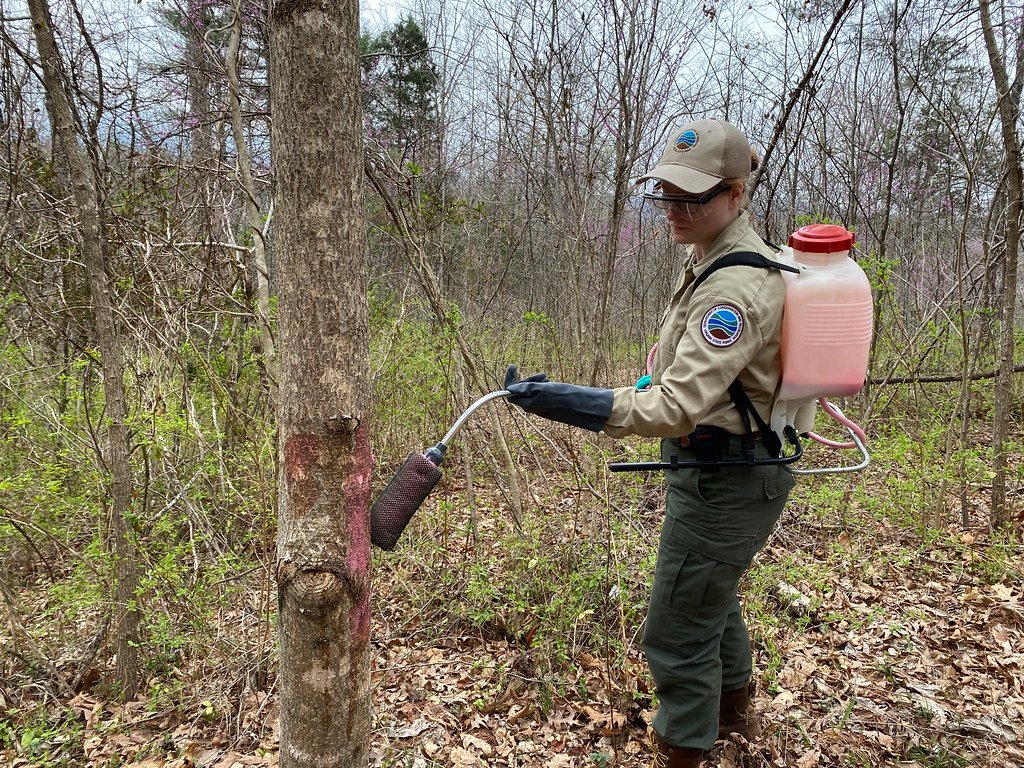
The kudzu saga has changed the way we think about introducing new species. Today, strict regulations and careful risk assessments are designed to prevent a repeat of history. Customs inspectors, botanists, and policy makers work together to keep potentially invasive species out of the country. The goal is simple: never let another kudzu take root where it doesn’t belong.
Personal Encounters: Living in Kudzu Country
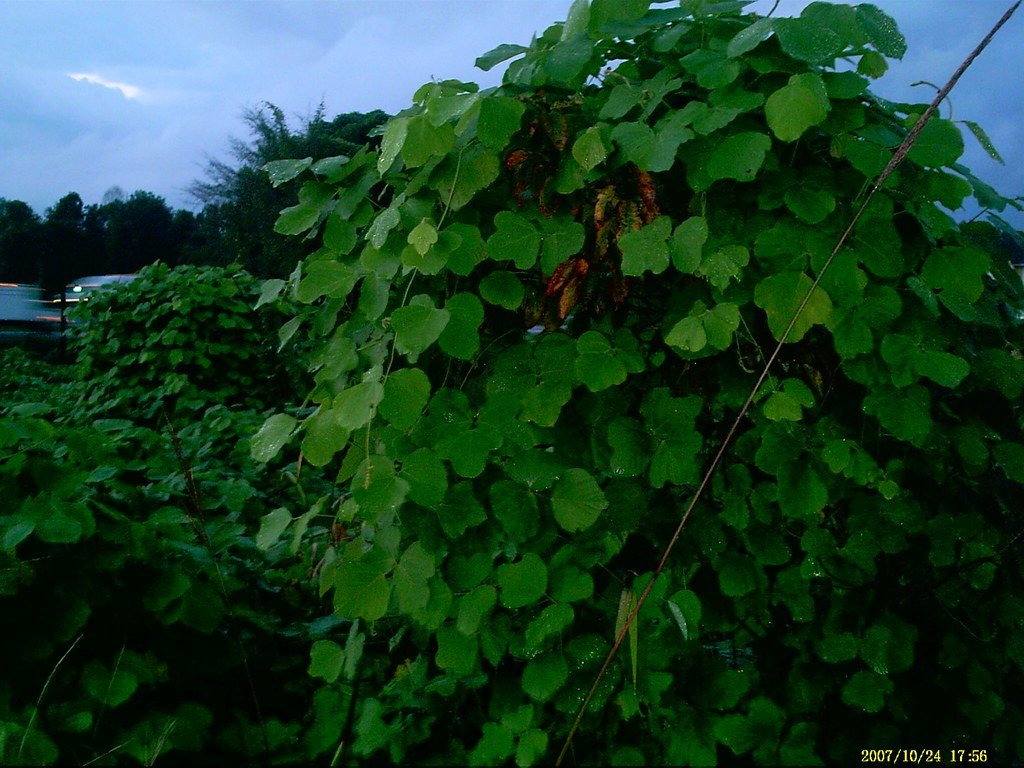
For many Southerners, kudzu isn’t just an abstract problem—it’s part of daily life. Kids play hide-and-seek in its leafy tunnels, while homeowners wage endless battles with machetes and lawnmowers. Some people remember watching entire barns disappear under a blanket of green. Living with kudzu means living with a reminder that nature, for all its beauty, can sometimes turn wild in ways we never expected.
The Lasting Legacy: How Kudzu Changed the South
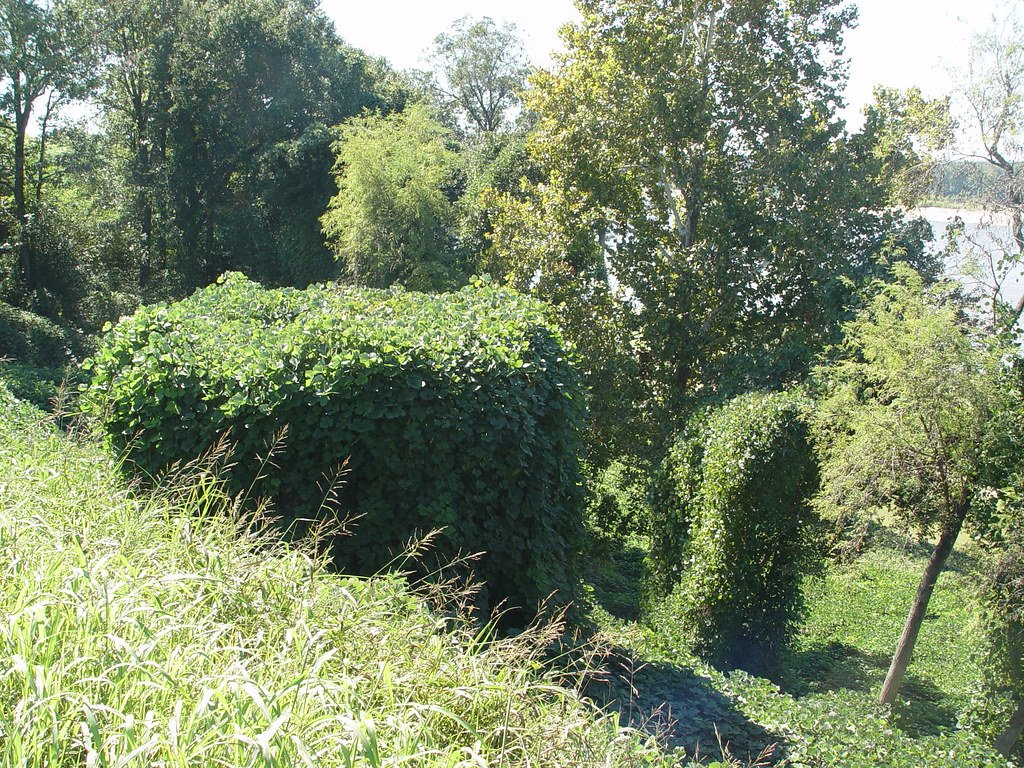
Kudzu has left its mark on the land, the economy, and even the imagination of the South. It’s a symbol of both human ingenuity and human folly—a plant that was meant to heal, but ended up overwhelming its new home. The South’s landscape has been forever altered, and its people have learned to live with, adapt to, and sometimes even embrace this uninvited guest.
A Green Tide That Won’t Recede
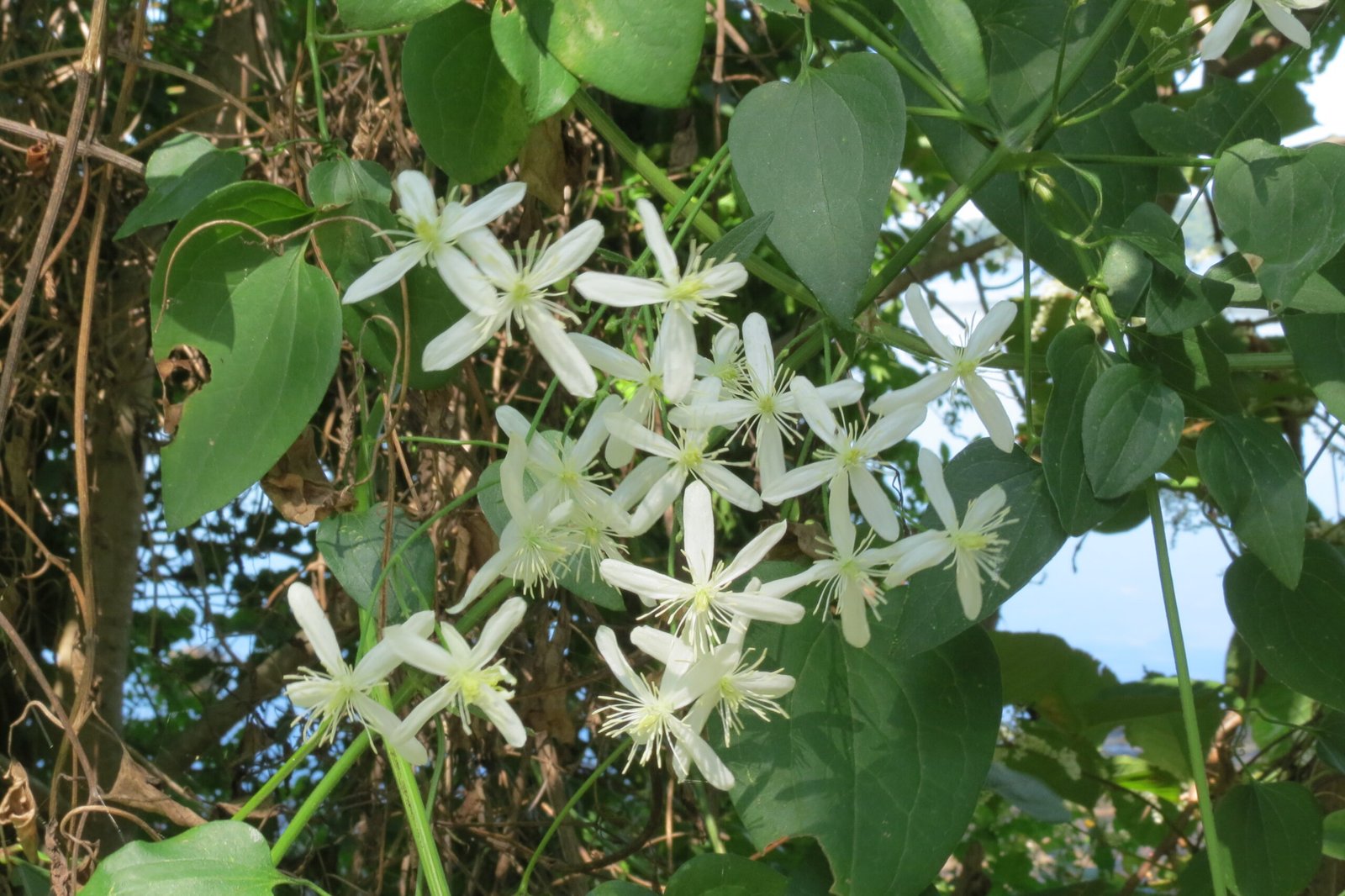
The story of kudzu is a warning and a wonder—a testament to nature’s unpredictable power and our own capacity for unintended mistakes. This vine’s journey from hopeful import to ecological nightmare is still unfolding, twisting and turning through the heart of the South. As you drive down a sun-dappled highway and see those familiar green waves rolling over everything in sight, ask yourself: what would you have done differently, knowing what we know now?

